Garden Soil: The Essential Guide for Healthy Gardens
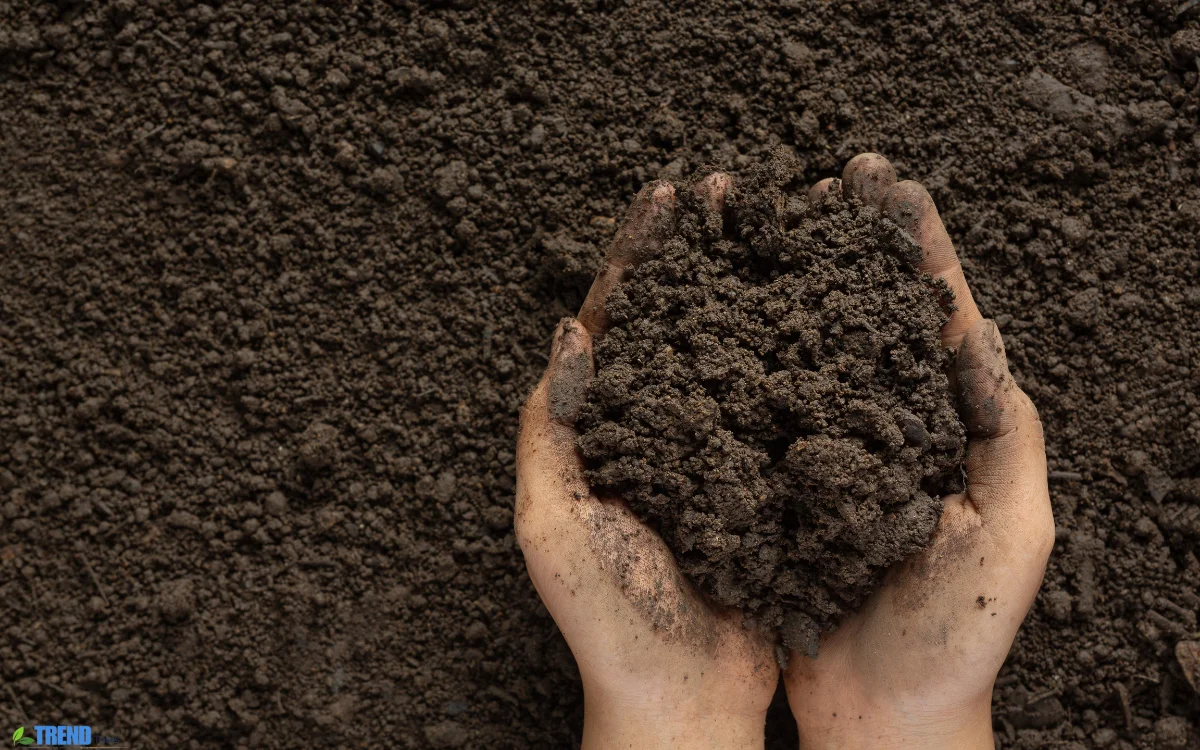
The quality of the soil is the cornerstone of a successful garden. To achieve success, it’s important to know your garden soil and maintain it properTake a small amount of moist soil and roll it in your hand.ly. Whether you’re growing vegetables, herbs, flowers, or shrubs, soil quality plays a major role in how well your plants perform.
In this complete guide, you’ll discover how to identify soil types, improve poor conditions, and maintain healthy growing spaces year-round. With a few simple changes and consistent care, your garden soil can support vibrant and productive plants season after season.
Why Garden Soil Health Matters in Every Garden
The foundation of any garden is its soil. A healthy base allows roots to spread, absorb nutrients, and access water effectively. Without good structure and fertility, plants struggle to thrive. Fortunately, whether you’re starting a new bed or refreshing an old one, focusing on soil improvement delivers lasting results.
Healthy garden soil consists of a balanced mix of minerals, organic matter, water, and air. This combination helps promote strong root systems, supports beneficial microorganisms, and protects plants from diseases and environmental stress.
However, when garden soil is neglected or overworked, it can become compacted or depleted. As a result, poor drainage, lack of nutrients, and stunted plant growth may occur. Consistent soil testing and careful improvements ensure the soil remains productive and easy to work with.
Types of Garden Soil You Might Encounter
Different areas have different soil compositions. Therefore, recognising what type you’re working with helps you choose the right plants and treatments. Understanding the strengths and weaknesses of each soil type is the first step in creating a productive garden.
Clay-Based
This dense type is rich in nutrients but drains slowly. It becomes sticky when wet and cracks in dry weather. While it’s challenging for beginners, clay soil offers great potential when improved with compost, sand, and organic matter.
Sandy
Light and fast-draining, this soil warms up quickly in spring but doesn’t hold moisture or nutrients well. Consequently, it requires frequent watering and feeding. Adding compost or other organic matter helps sandy soil retain both moisture and nutrients more effectively.
Silty
Silt is smooth and holds more moisture than sand, but it compacts easily. This makes it prone to poor aeration and drainage. To improve structure and prevent waterlogging, mix coarse compost or grit into silty soil.
Loamy
Loam is a well-balanced blend of clay, silt, and sand.It’s widely preferred for gardening because of its great drainage, rich nutrients, and well-balanced texture.In fact, loamy soil is easy to work with and supports a wide variety of plants, from root vegetables to perennials.
Chalky Soil
Chalky soil, typically found in regions with high limestone content, tends to be alkaline and contains plenty of stones. It may block access to certain nutrients like iron and magnesium. Therefore, gardeners working with chalky soil should add organic matter and choose plants that tolerate high pH levels.
Simple Garden Soil Tips for Better Growth
Maximizing your garden’s potential starts with knowing how to properly care for the soil your plants grow in. The following garden soil tips are easy to implement and highly effective, especially for beginners.
First, add organic matter like compost or leaf mould to boost nutrients and improve structure. This helps sandy soil retain moisture and allows heavy clay to drain more efficiently.
Try not to dig when the soil is wet, as it may lead to compaction and harm its natural structure. Instead, wait until the soil crumbles in your hand before tilling or turning.
In addition, test the soil pH regularly to ensure optimal nutrient availability. Most garden plants grow best in soil with a pH between 6.0 and 7.0, which falls within the slightly acidic to neutral range.
Another tip is to rotate crops each year to prevent nutrient loss, control pests, and reduce the spread of soil-borne diseases.
Finally, mulch around plants to retain moisture, reduce weed growth, and gradually improve soil texture as it decomposes.
Following these tips can dramatically improve both plant health and yield.
When and How to Test Your Garden Soil
Testing helps determine your soil’s pH and texture. You can use a home testing kit or send samples to a lab. Most plants prefer slightly acidic to neutral conditions.Lime is used to increase soil pH, whereas sulphur can help decrease it if necessary.
You can determine soil texture easily with a quick hand test. Pick up a bit of damp soil and shape it between your palms. Clay soil forms a sticky ball when wet. Sandy soil, on the other hand, crumbles easily and doesn’t hold its shape. A smooth, soft feel often suggests that the soil contains silt.
For best results, test your garden soil once or twice a year—especially in spring and autumn. Doing so can guide you in making the right amendments and ensure your plants have the best possible start each season.
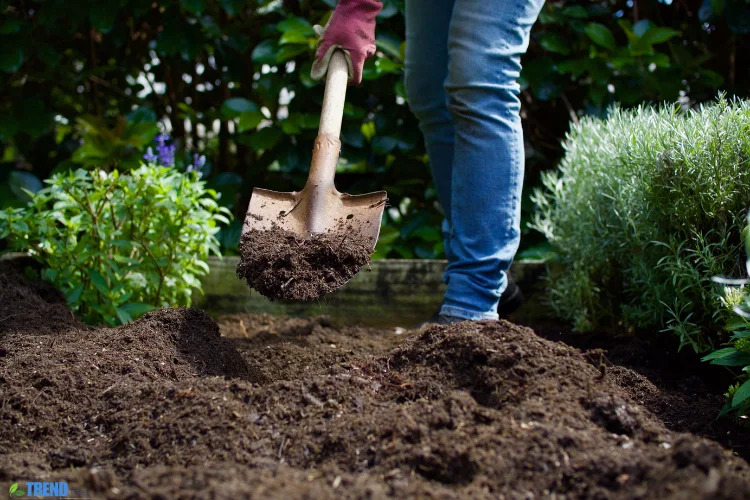
Seasonal Garden Soil Care to Keep Plants Thriving
Taking care of your soil throughout the year ensures your garden remains healthy through changing seasons. Each season has its own needs, and consistent care keeps the soil in top shape.
Spring
Now is an ideal moment to check your soil, enrich it with compost, and get your garden beds ready for planting. Also, remove weeds, loosen compacted soil, and spread a fresh layer of mulch.
Summer
Mulching conserves moisture and keeps soil cool. Additionally, water deeply and consistently during dry spells. Keep an eye out for compacted areas, especially near heavily watered plants.
Autumn
Clear spent plants, add organic matter, and protect beds with mulch to prepare for colder weather. This is also a great time to sow cover crops or green manures that replenish the nutrients in soil.
Winter
Avoid digging when the ground is frozen. To protect exposed areas, use cover crops or mulch. This prevents erosion and maintains structure until spring returns.
Conclusion: Garden Soil
Paying attention to your garden soil is one of the smartest investments you can make as a gardener. From testing and improving structure to seasonal maintenance, a healthy foundation supports every plant you grow. With a bit of effort and the right approach, even the most difficult soil can be transformed into a rich, productive environment.
Remember, soil is not just a medium—it’s a living system. Treat it well, and it will reward you with vibrant flowers, strong vegetables, and lasting success.
FAQs
Q1: What are the signs of healthy soil?
Good quality soil has a crumbly texture, allows water to drain efficiently, and promotes steady plant development. A quick pH and texture test can help verify its quality.
Q2: How often should I add compost?
Adding compost once or twice a year in spring and autumn keeps soil rich and productive by boosting organic matter and nutrients.
Q3: Can I use the same soil each year in pots?
You can reuse potting soil, but it’s best to refresh it with compost and remove old roots or debris to restore fertility and texture.
Q4: Is there a natural way to improve poor soil?
Yes. Using compost, cover crops, mulching, and rotating plants are all natural methods to improve the condition of your soil.
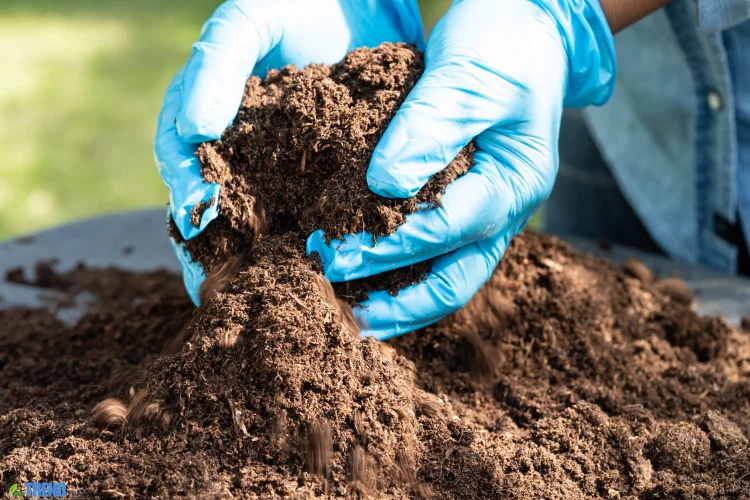
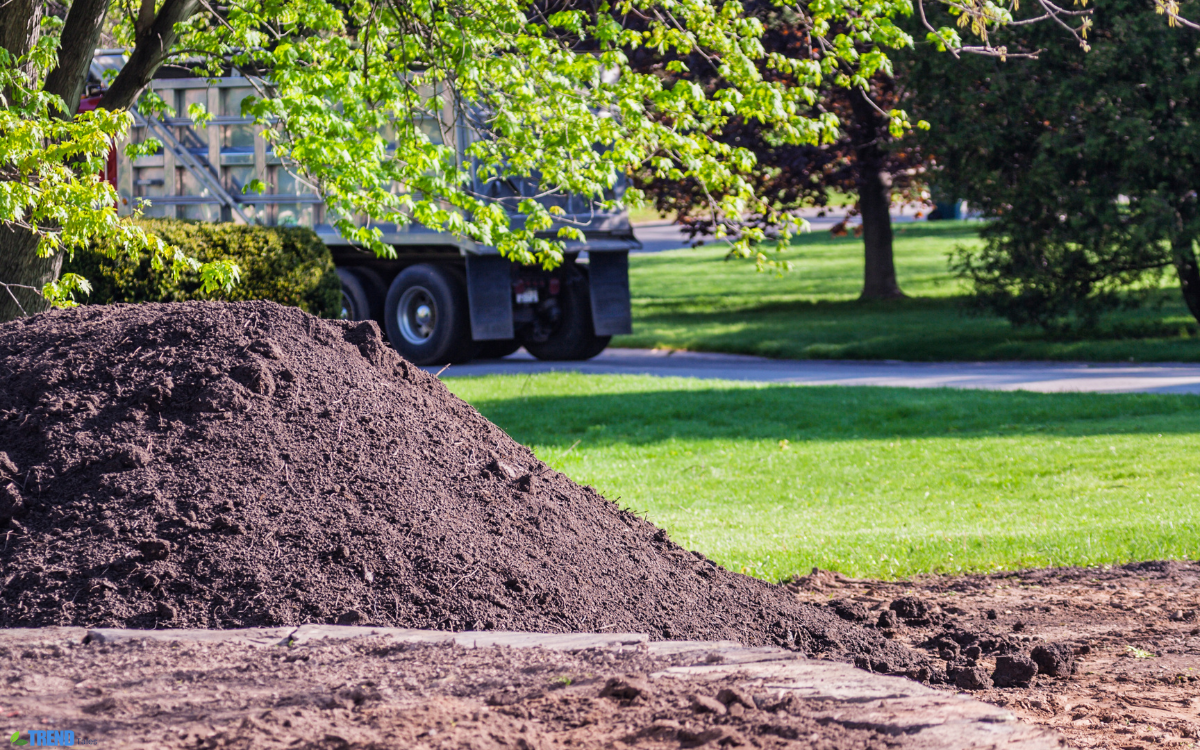
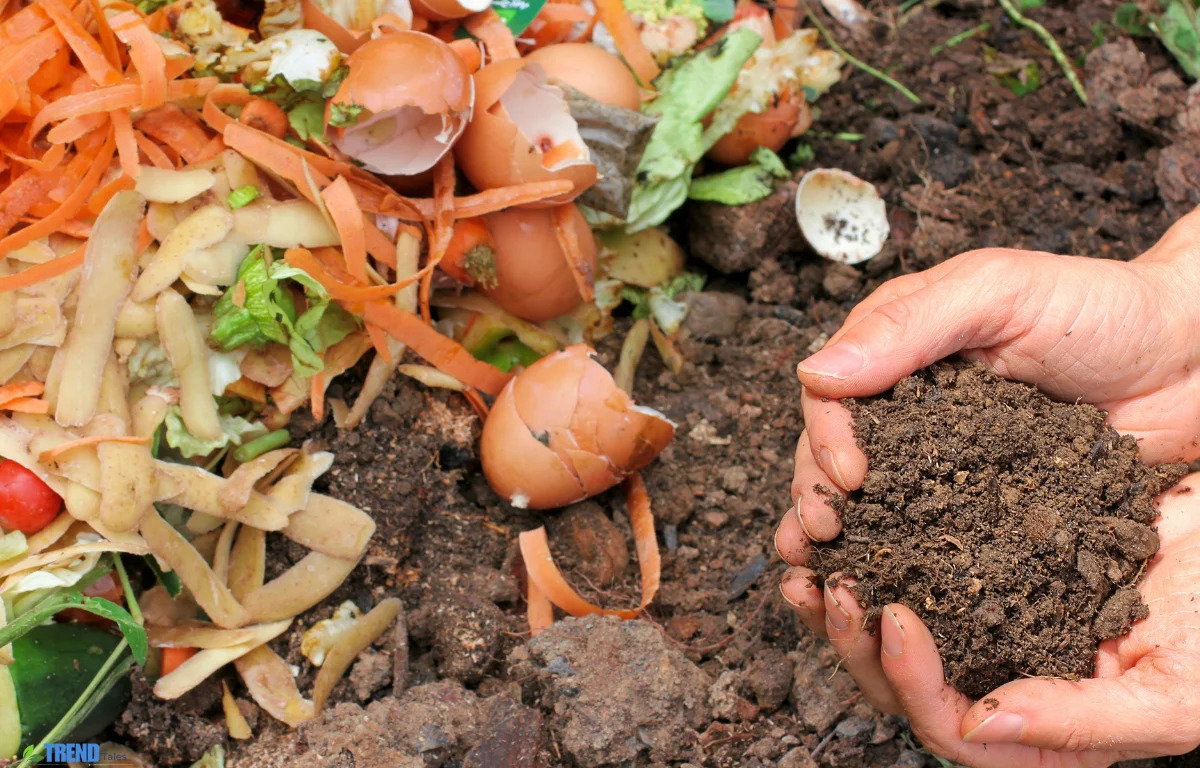
1 comment